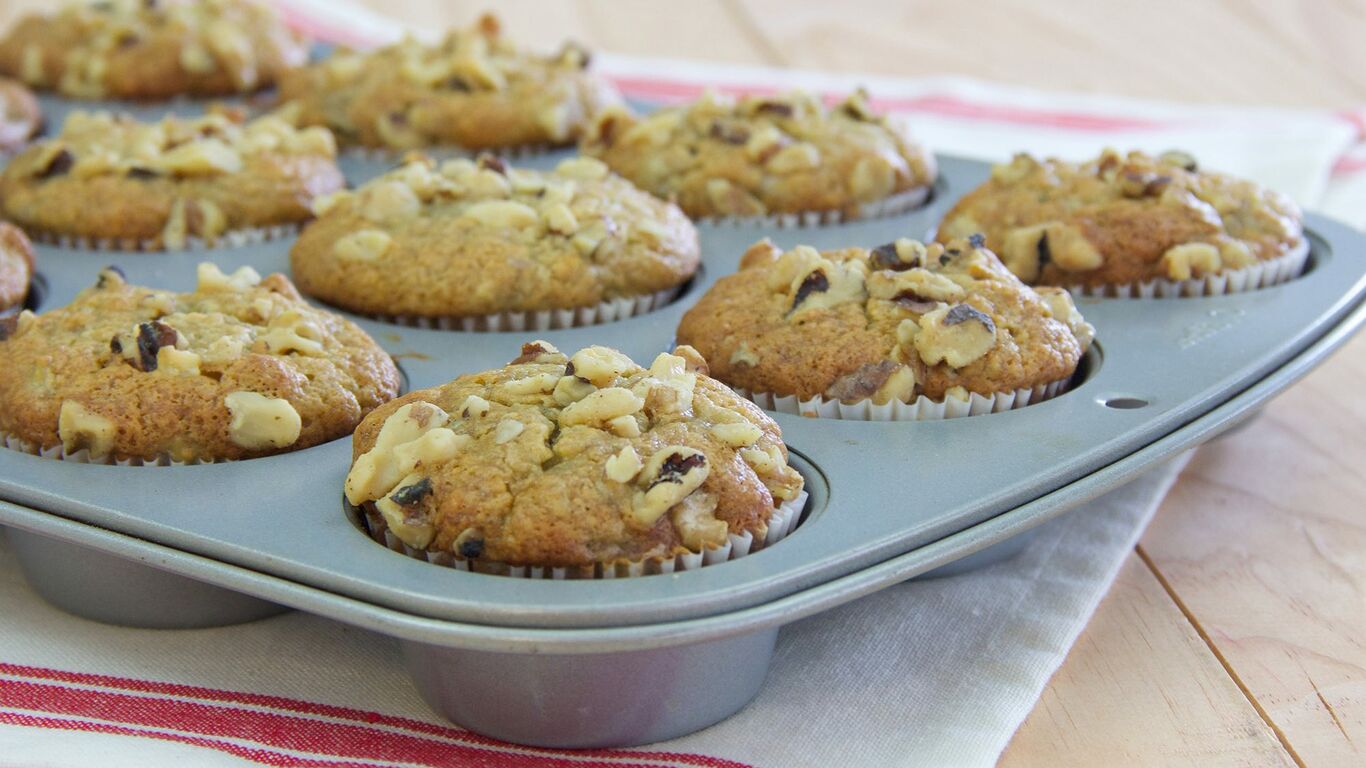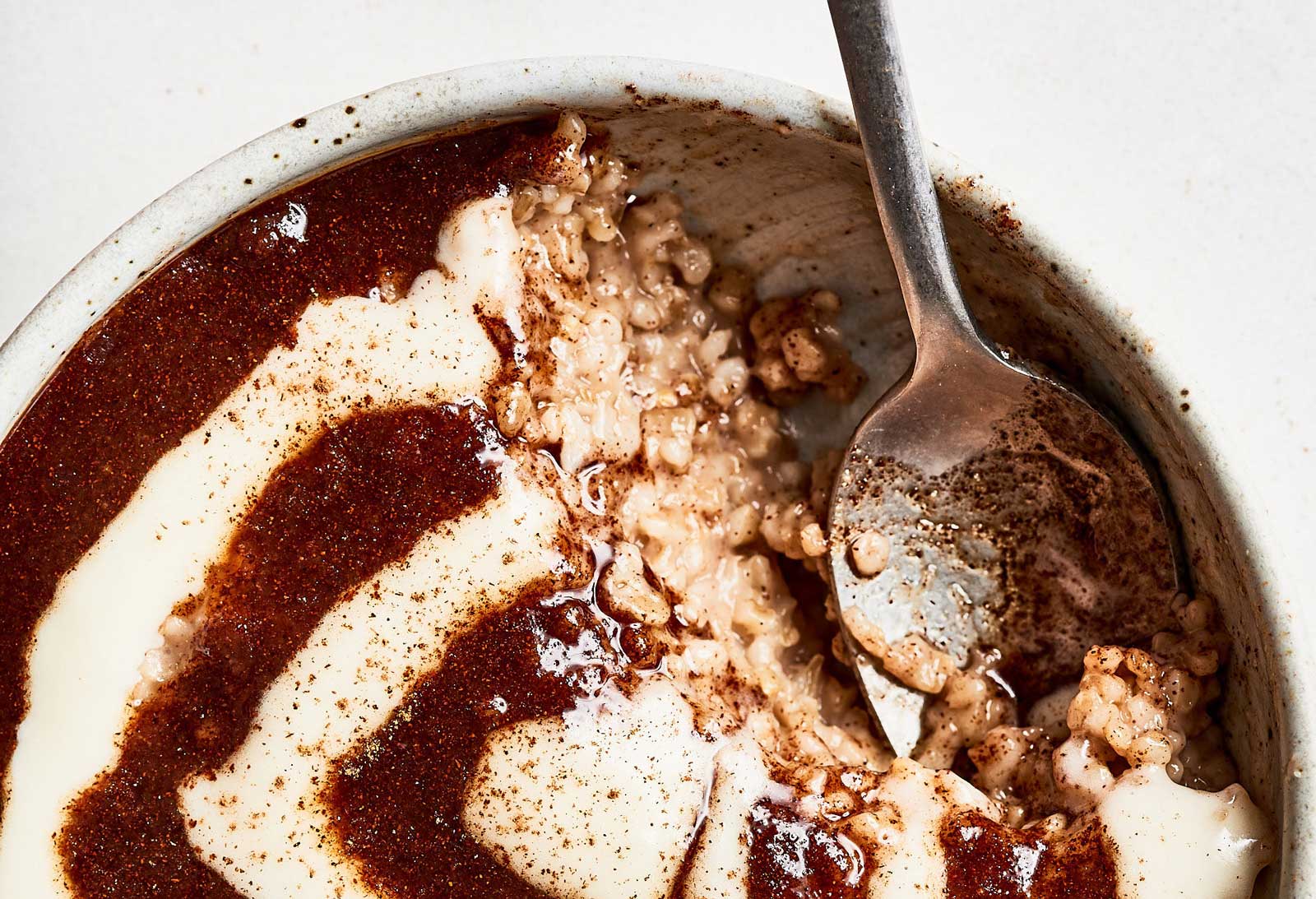Here's how to freeze cakes, cookies, cookie dough, bread, muffins, biscuits, pie dough and more goodies for treats on demand.
Maybe you need to get a jump start on a birthday cake or perhaps you have a craving for brownies but don't want to have a whole pan lingering on the countertop. In instances like these, it helps to remember that almost all baked goods, including cupcakes, muffins, banana bread and dinner rolls can be frozen for up to three months. Plus, cookie and pie dough, brownie batter, biscuits and scones can be mixed, shaped and frozen, so you can bake them off whenever you like. For everything you need to know about freezing and defrosting baked goods, as well as batters and doughs, read on.
How to Freeze Cakes and Cupcakes
Cakes, including sheet cakes, cupcakes, cake layers, loaf cakes and Bundt cakes, can all be frozen for up to three months. Be sure to let baked cakes cool completely then wrap tightly in plastic wrap, followed by aluminum foil or an airtight freezer bag. Thaw frozen cakes, still wrapped, at room temperature then unwrap, fill or frost, if desired, and enjoy. Cakes freeze best unfrosted and unfilled but finished cakes can be frozen too—they just may not look quite as pretty or taste quite as fresh. Freeze filled or frosted cakes in an airtight plastic container and thaw in the refrigerator.
How to Freeze Cookies
Most cookies freeze quite well. Be sure to let cookies fully cool completely then wrap them in a double layer of airtight freezer bags and freeze for up to three months. Thaw cookies, still wrapped, at room temperature, before serving.
How to Freeze Cookie Dough
Another, perhaps even better option, is to freeze cookies before baking. This allows you to bake as few or as many cookies as you like. Plus, letting cookie dough rest in the freezer for a while can actually make cookies more flavorful.
Chocolate chip, oatmeal and other cookie dough that is scooped or dropped onto baking sheets is ideal for freezing. Place scooped portions of dough on a parchment-lined baking sheet, cover with plastic wrap and freeze until solid. Next, transfer the frozen cookies to airtight freezer bags (double up to protect against freezer odors) and freeze for up three months. When ready to bake, transfer the cookies to a parchment-lined baking sheet and bake without thawing—they make take a few extra minutes.
Slice and bake cookies can be rolled into a log then tightly wrapped in plastic wrap, followed by an airtight freezer bag, and frozen for up three months. Before baking, place the dough in the refrigerator to thaw then slice and bake as usual. If the dough is too hard to slice, let it warm up at room temperature for a few minutes.
Cookie dough that is rolled out and cut into shapes can be formed into a disk, wrapped tightly in plastic wrap, followed by an airtight freezer bag, and frozen for up to three months. Defrost the dough in the refrigerator for several hours before rolling and cutting—if the dough is too hard to roll out, let it sit at room temperature to soften.
How to Freeze Biscuits and Scones
Baked biscuits and scones can be wrapped in a double layer of airtight freezer bags and frozen for up to three months. Thaw at room temperature before serving, reheating in the oven or toaster oven, if you like.
As with cookies, a better approach is to freeze biscuits and scones before baking. Mix the batter then cut or shape it into biscuits or scones, place on a parchment-lined baking sheet, cover with plastic wrap and freeze until solid. Once frozen, place the biscuits or scones in a double layer of airtight freezer bags and freeze for up to three months. Biscuits and scones can be baked straight from the freezer though they may require a few extra minutes in the oven—if they need to be brushed with milk and sprinkled with sugar, do so just before baking. And if they brown too quickly, cover with foil or turn the oven off for the last five minutes of baking.
Photo: McCormick
How to Freeze Brownies
Most brownies can be frozen for up to three months, although those that are frosted or that feature swirls of caramel, cream cheese or jam tend to suffer a bit in terms of taste, texture and good looks. Make sure brownies are completely cool then place in a double layer of airtight freezer bags and freeze for up to three months. Thaw brownies, still wrapped, at room temperature.
Brownie batter can also be spread in a pan (disposable or recyclable foil pans work best), wrapped in a double layer of airtight freezer bags and frozen for up to three months. Place the pan in the refrigerator to thaw then bake as usual—the brownies may be a bit denser and fudgier than usual.
How to Freeze Pie and Tart Dough
Homemade pie and tart dough freezes beautifully. Divide the dough into pie or tart-sized portions and shape it into ½-inch-thick disks then wrap tightly in plastic wrap, followed by foil or an airtight freezer bag, and freeze for up to three months. Thaw dough overnight in the refrigerator and if it's too firm to roll out, let it warm up at room temperature for a few minutes. Another option is to roll out dough and fit it into a foil pie pan before wrapping and freezing.
How to Freeze Muffins and Quick Breads
Muffins and quick breads, preferably unfrosted or unglazed, can be frozen for up to three months. Be sure to let them cool completely then wrap each muffin or slice of quick bread tightly in plastic wrap and place in an airtight freezer bag. You can wrap and freeze whole loaves of quick bread but slicing first allows you to defrost only how much you want. Thaw muffins and quick bread, still wrapped, at room temperature, and if you like, warm or toast before serving.
How to Freeze Bread
Bread, whether homemade or store-bought, does great in the freezer, as long as it's properly wrapped. Freshly baked bread should always be fully cooled before freezing and both purchased and homemade bread is best if frozen when it's still fresh, rather than when it's about to go stale.
While you can freeze a whole loaf—tightly wrapped in plastic wrap, followed by aluminum foil or an airtight freezer bag—it's often best to slice or cut bread based on how you'll use it. Sandwich bread, for instance, should be sliced. A baguette might be better off cut in half or into thirds. Dinner rolls do best wrapped individually in plastic wrap then stored in an airtight freezer bag. Well wrapped, bread can be frozen for up to three months. A loaf or large piece will need to thaw at room temperature, but individual slices can be toasted straight from the freezer.
Baked goods are far from the only thing you can freeze. You can freeze milk, eggs and more for your baking needs!
This article was written by Lauren Salkeld from EatingWell and was legally licensed through the NewsCred publisher network. Please direct all licensing questions to legal@newscred.com.








